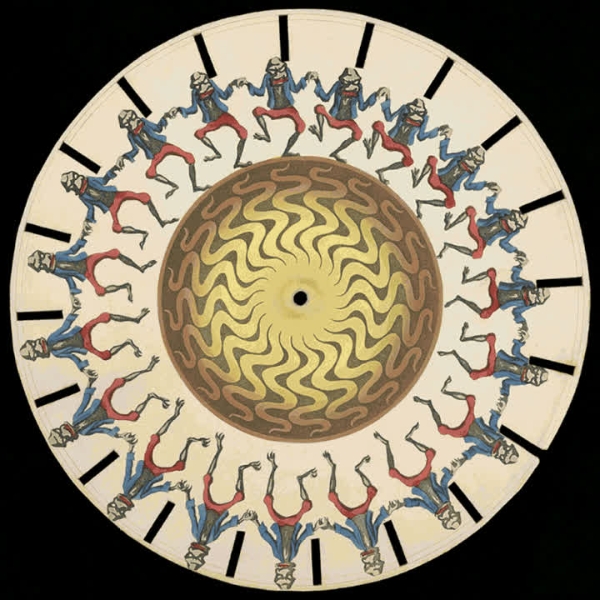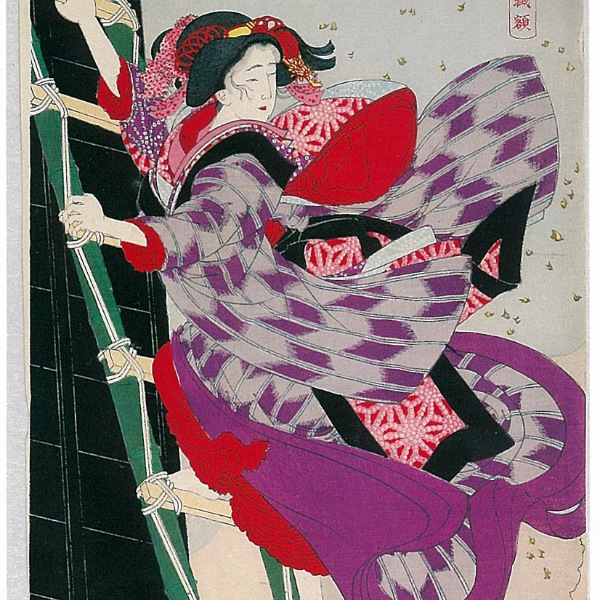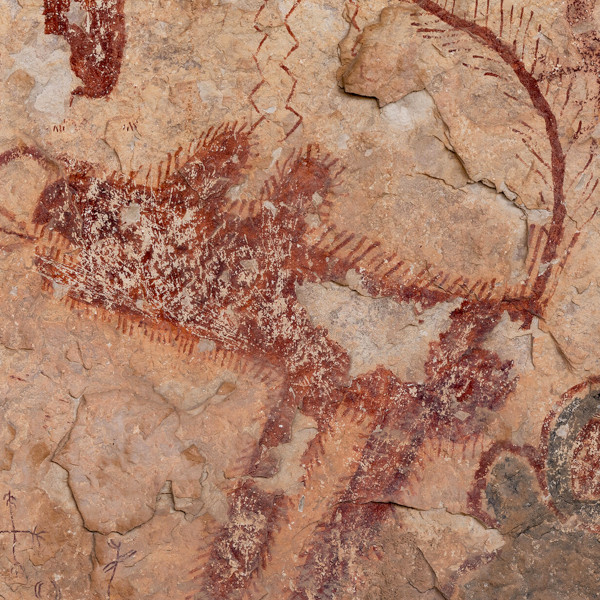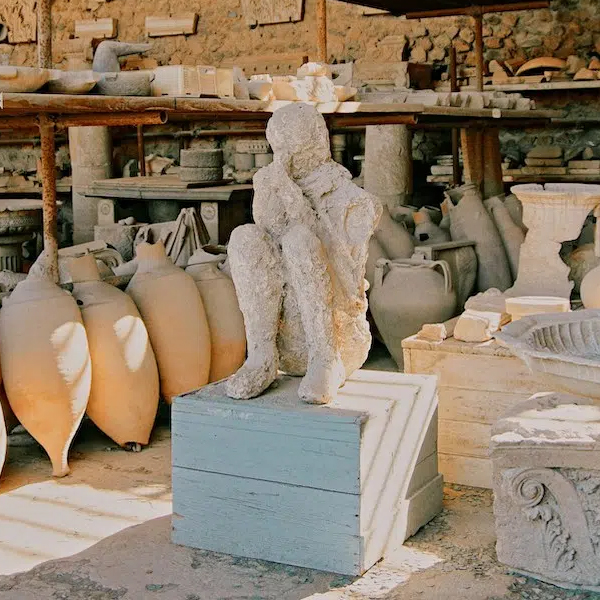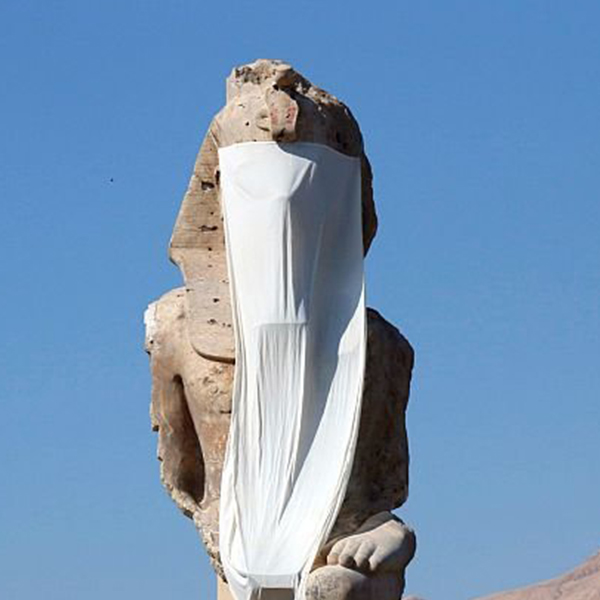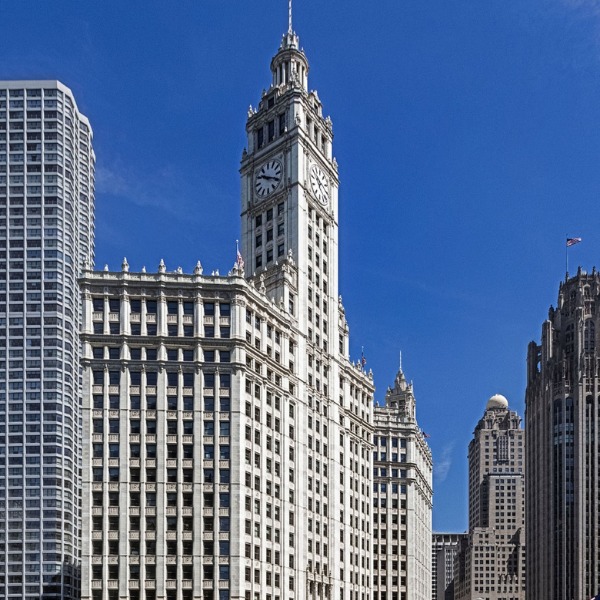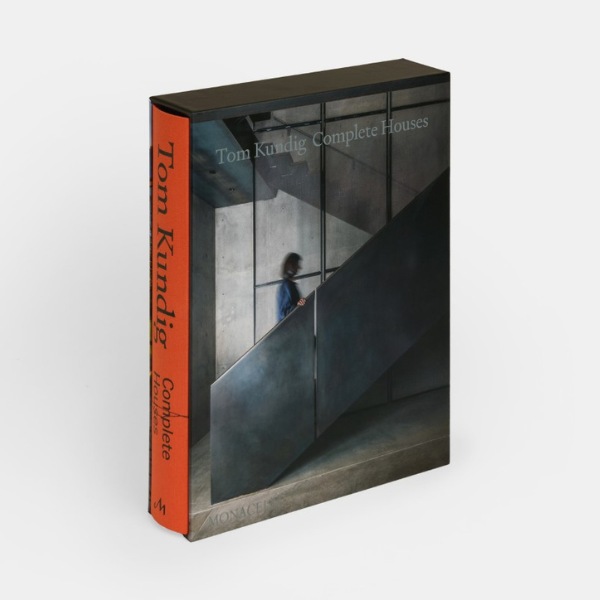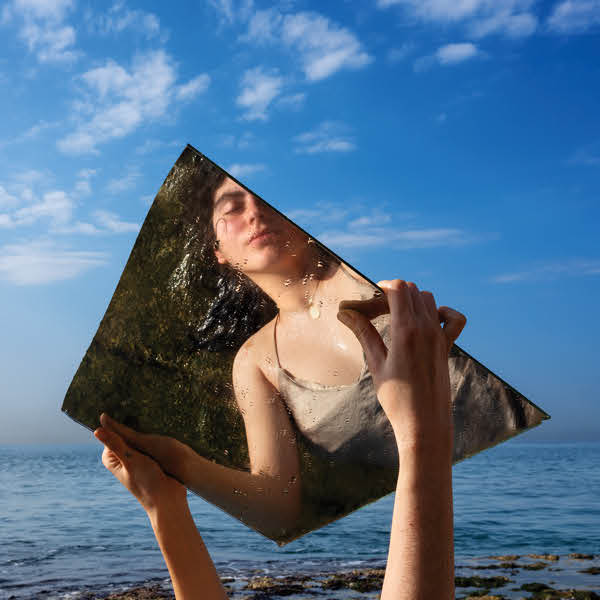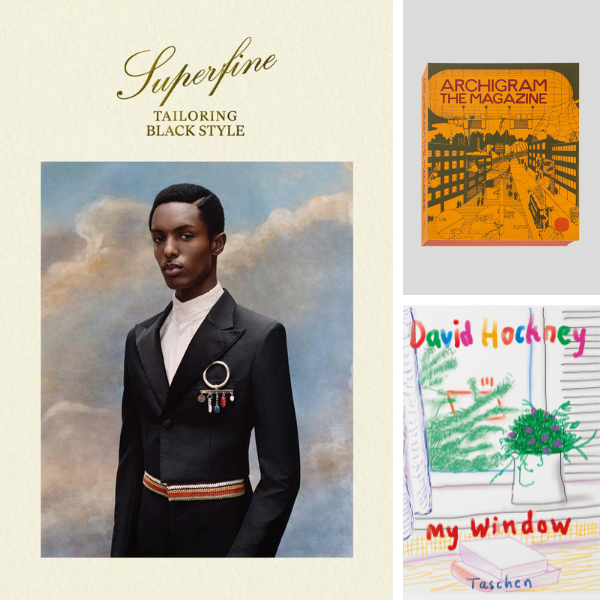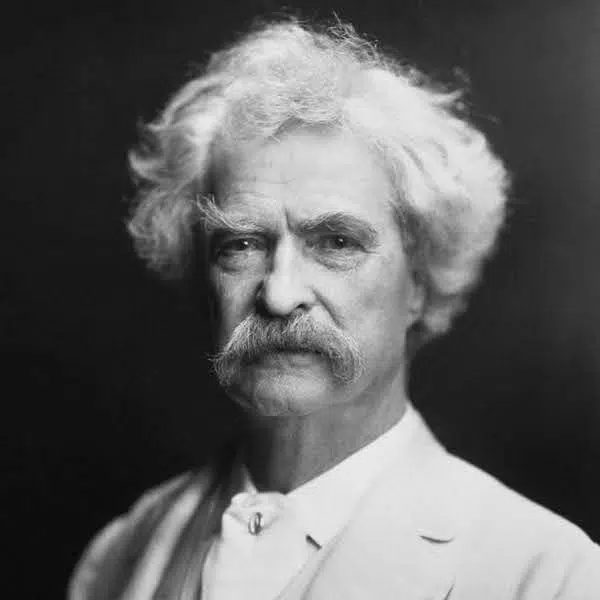
Photo: George Charles Beresford, Public domain, via Wikimedia Commons
This post may contain affiliate links. If you make a purchase, My Modern Met may earn an affiliate commission. Please read our disclosure for more info.
One of the most celebrated authors of the 20th century, Virginia Woolf was an incredible literary figure who was far ahead of her time. The English writer is widely recognized as one of the most innovative writers of the modern era and is also considered a trailblazer for her narrative use of “stream of consciousness” in her writings. Though she is most well known for her novels,—such as Mrs Dalloway and To the Lighthouse—she wrote prolifically throughout her life. She left behind a treasure trove of essays, biographies, diaries, and letters.
Much of Woolf’s work today is read and interpreted through a feminist lens—especially her literary essays, such as A Room of One’s Own and Three Guineas. However, her legacy is also colored by her tumultuous battle with mental illness throughout her life, ending with her own suicide in March 1941. Still, in spite of the difficulties she faced during her lifetime, Woolf led a vibrant and interesting life that has inspired numerous works of fiction, art, plays, and movies.
Read on to learn a few interesting facts about the life of the intriguing woman and renowned author, Virginia Woolf.
Learn 5 interesting facts about renowned English author Virginia Woolf.
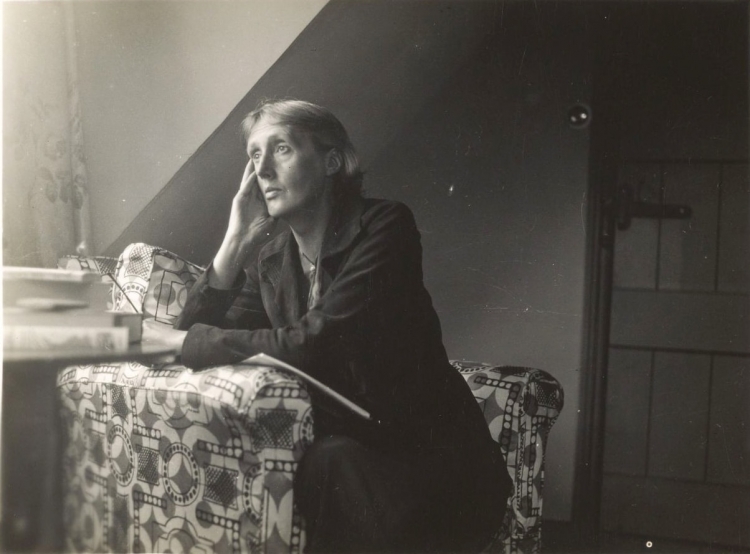
Photo: Unknown author, Public domain, via Wikimedia Commons
Virginia Was Raised in a Blended Family
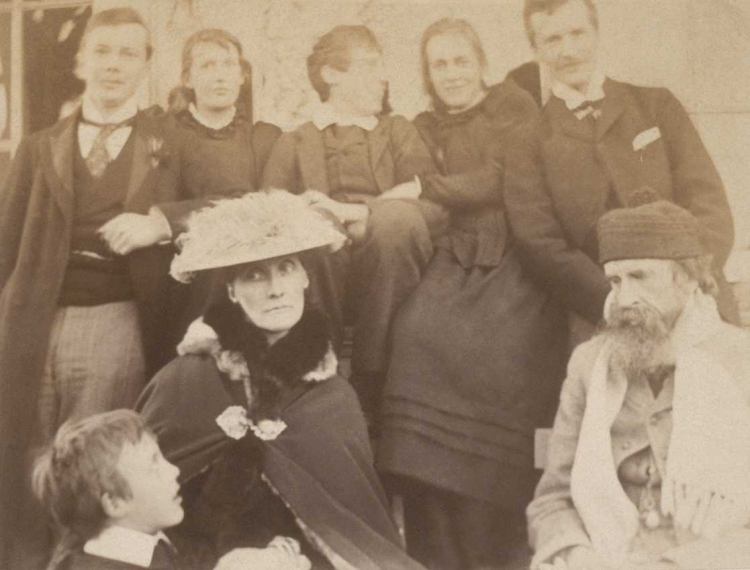
Virginia's Family, 1892 (Back Row: Gerald Duckworth, Virginia, Thoby and Vanessa Stephen, George Duckworth. Front Row: Adrian, Julia, Leslie Stephen. (absent: Stella Duckworth, Laura Stephen) (Photo: Unknown, thought to be Stella Duckworth, Public domain, via Wikimedia Commons)
Born in London on January 25, 1882, as Adeline Virginia Stephen, Woolf was the second youngest of eight siblings. Her mother, Julia Stephen (née Jackson) married Virginia’s father, Leslie Stephen, in 1878 after being left a widow only three years following her first marriage in 1867. Julia brought three children to the union, and her new husband—whose first wife had died in childbirth three years prior—also brought a daughter from his previous marriage.
The couple added four more children to the blended household after they were married. Thus, Virginia grew up with four half-siblings, along with her three other siblings from her parents’ marriage.
Woolf's Mother Was Celebrated for Her Beauty and Was a Model for the Pre-Raphaelite Painters

Virginia's mother, Julia Stephen, taken between 1865-1866. (Photo: Rijksmuseum, CC0, via Wikimedia Commons
Virginia's mother Julia Stephen was a noted beauty, best known for being a model to several Pre-Raphaelite painters. Her likeness can be found in works by British artist and designer Edward Burne-Jones, as well as those of noted painter and sculptor George Frederic Watts. Stephen was also a frequent model for her aunt, Julia Margaret Cameron, who was a celebrated photographer.
Thanks to the artistic and literary connections of her mother and father, Virginia and her siblings were often surrounded by some of the most eminent figures in that society. Being raised in such an environment no doubt had a large influence on Woolf’s early affinity for creativity, books, and writing.

Left: The Princess Sabra Led to the Dragon, 1866, with Julia Stephen as the model. (Edward Burne-Jones, Public domain, via Wikimedia Commons); Right: The Annunciation, 1879, with Julia Stephen as model. (Edward Burne-Jones, Public domain, via Wikimedia Commons)
Virginia Had a Sister Named Vanessa Bell Who Was a Modernist Painter
Virginia was very close with her older sister, Vanessa, who also took to creative pursuits as a young girl. Growing up, they were both educated at home, but Vanessa was given drawing lessons as a part of her curriculum—eventually leading her to study painting at the Royal Academy in 1901. However, it wasn’t until after the deaths of both of their parents that Vanessa began to truly consider herself as an artist.
At their new residence in Bloomsbury—where they moved after selling their parents’ home near Hyde Park—Virginia and her sister met and began to socialize with a circle of writers, artists, and intellectuals who would later become known as the Bloomsbury Group. Under the influence of some of the group’s members—including art critic Roger Fry and fellow artist Duncan Grant—Bell was inspired by the innovative style and bright colors of the Post-Impressionists.
Encouraged by their bold artworks, Vanessa pursued modernism in her own work and, eventually, even turned to abstraction. She became one of the most celebrated painters of the Bloomsbury group, recognized especially for her inventive pieces and her contributions to the field of design. Vanessa even designed book jackets for all of Virginia’s self-published novels.
Woolf and Her Husband Founded a Publishing House Called the Hogarth Press

Engagement photograph, Virginia and Leonard Woolf, 23 July 1912, a month before their wedding. (Photo: Unknown author, Public domain, via Wikimedia Commons)
A school friend of her brother, Leonard Woolf was first formally introduced to Virginia in 1904. However, they weren’t married until several years later in August of 1912. Virginia had sustained an avid interest in bookbinding since the age of 19; and after they were married, the young couple discussed dreams of establishing a publishing house. They officially began making plans in 1916, starting to gather supplies and eventually setting up a printing press on their dining room table.
That is how the Hogarth Press was born—named fondly after one of the couple’s previous residences, called Hogarth House. Many of Virginia’s novels were self-published through this, her very own company. The press eventually began to publish works by other writers as well, including works by the famed poet T.S. Eliot.

Photo: Spudgun67, CC BY-SA 4.0, via Wikimedia Commons
One of Virginia’s Most Famous Novels Was Inspired by Her Close Friend and Lover Vita Sackville-West
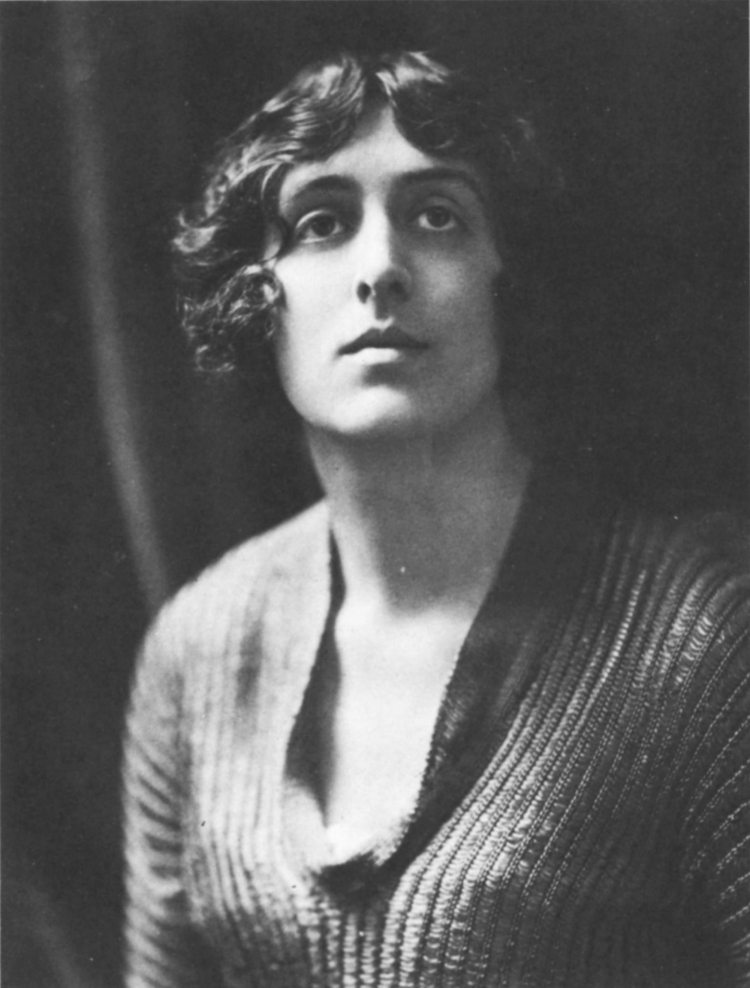
Vita Sackville-West, taken circa 1915. (Unknown author, Public domain, via Wikimedia Commons)
Woolf met Vita Sackville-West, the wife of a young diplomat, in December 1922. She admired Vita from their first meeting, writing in her diary the following day of “the lovely gifted aristocratic Sackville-West.” Virginia’s new acquaintance was also a writer, at that time much more commercially successful than Woolf herself. Both members of the Bloomsbury Group—which was known for its open-minded views on sexuality—the two initiated a romantic relationship that lasted for years, later evolving into a lifelong friendship.
Woolf’s inventive tale, titled Orlando: A Biography, was inspired by the life and turbulent family history of Sackville-West. The plot follows the adventures of a young poet, born in England as a male nobleman who serves in the court of Elizabeth I. Later, the protagonist mysteriously changes sex and lives on for centuries as a woman, surviving into modern times without showing any signs of aging.

Virginia Woolf and Vita Sackville-West, taken circa 1933. (Photo: Unknown author, Public Domain, via Harvard Theatre Collection, Houghton Library, Harvard University)
The son of Virginia’s lively muse later wrote of the novel: “The effect of Vita on Virginia is all contained in Orlando, the longest and most charming love letter in literature, in which she explores Vita, weaves her in and out of the centuries, tosses her from one sex to the other, plays with her, dresses her in furs, lace and emeralds, teases her, flirts with her, drops a veil of mist around her.”
Woolf and Sackville-West actually corresponded throughout their affair in a series of expressive love letters. Now, there is a Twitter bot that posts feeling excerpts from their literary missives every hour. The tender lines—achingly earnest, at times mundane, and at others hilarious—give an intimate window into the fascinating relationship of the two dynamic women.

Photo: Unknown author, Public domain, via Wikimedia Commons
Related Articles:
Virginia Woolf’s Photo Albums of Her Everyday Life Are Now Available Online
These Incredible Works of Literature, Film, and Music Entered the Public Domain in 2021
12 Best Love Quotes From Literature, Poetry, and Pop Culture
20 Inspiring Quotes From Famous Authors on the Art of Writing and Life












































































